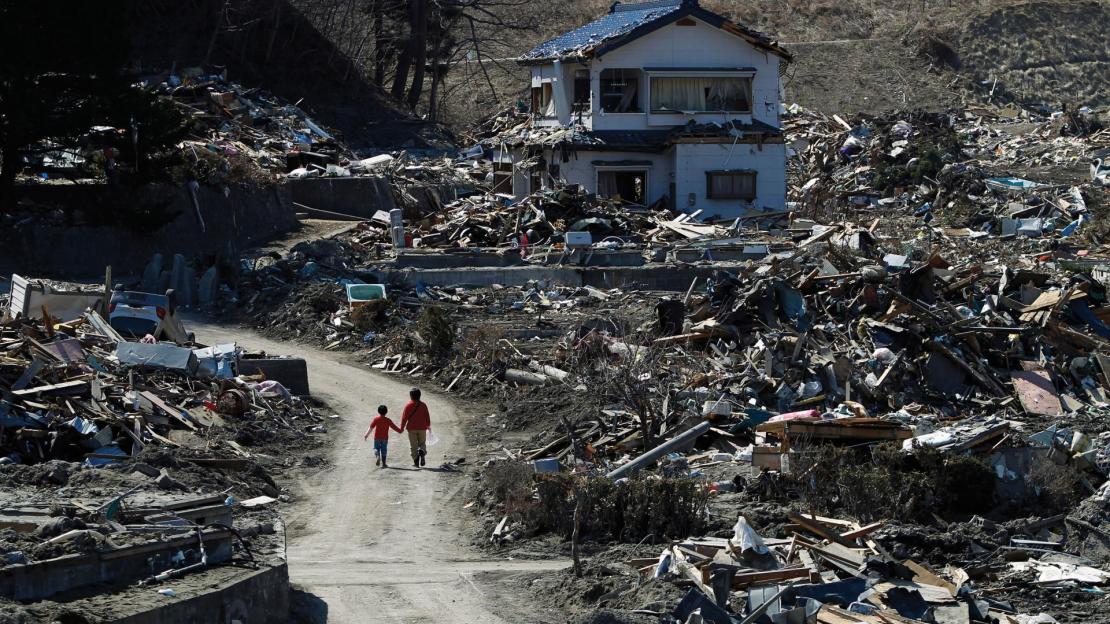On March 11, 2011, Tohoku in northeastern Japan experienced the strongest earthquake ever recorded in that country since the introduction of modern quake measurements and—at 9.0 on the Richter scale—one of the five largest ever recorded in the world. Shortly afterwards, the earthquake was followed by a devastating tsunami with a maximum wave height of 38.9 metres, enough in many places to submerge five-storey buildings. Entire villages were wiped out and almost 30,000 people are recorded as dead and missing.
For the last 20 years, an important focus of my research has been Japanese cities and the urban planning process. As it happens, I had long planned a trip to Japan for May/June 2011 for two research projects. And because a major focus of my research is on the roles and interactions of different levels of government and citizens in city-building, while in Japan I initiated a third project, this one focused on the post-tsunami reconstruction planning processes.
When I visited at the end of May, the initial cleanup had largely been completed, in part by volunteers from across the country. Tens of thousands of units of temporary housing had been built and people were moving in. Roads, highways and railways were functioning, and supply chains for food and fuel restored. On a visit to an evacuation site at a municipal community centre and gymnasium, my colleagues and I were impressed by the surprisingly good humour of the residents and the tidy arrangements for sleeping, meals, laundry and children’s study areas equipped with computers and books.
The scale of destruction is extraordinary, however, and major challenges remain. One of the most pressing is to rebuild in ways that would render people less vulnerable to catastrophe. Over the last 120 years, there have been four major tsunami in the region. A key priority is to get everyone to agree to not rebuild in vulnerable locations, but instead in places beyond the reach of giant waves. This will require negotiation and consensus building, as well as significant government investment in new settlement sites.
Although it was very difficult to witness first-hand the struggles now facing Japan, I was struck by the good spirits and determination of the Japanese, who are now busy rebuilding their lives and their communities. The recovery process will take time, and no doubt there will be further hardships and even mistakes made along the way. But there is no doubt in my mind that the will and determination is there to rebuild even better, more sustainable communities that are less vulnerable to giant tsunami. Hopefully, my research will contribute in some way to this process, both in Japan and in other areas around the world that are prone to such catastrophes.
